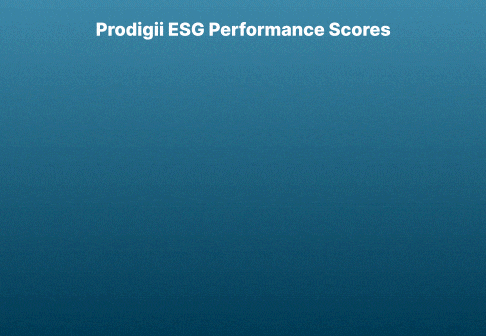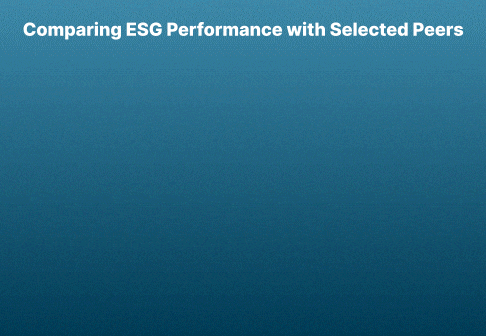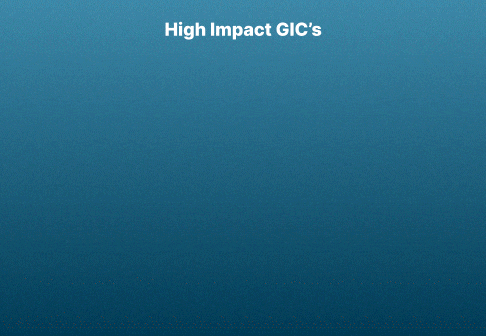GoProdigii ESG Analytics
Companies increasingly engage in ESG reporting to meet regulatory requirements, stakeholder and investor expectations regarding sustainability and impact. The process is complex, with various standards like SASB, GRI, and TCFD, and third-party data and analytics providers (Refinitiv, Sustainalytics, Bloomberg, MSCI etc.) complicating the landscape. Soothsayer's ESG analytics tool simplifies this by offering a one-stop solution for actionable ESG insights and comprehensive reporting. It integrates data analysis, customizable dashboards, and predictive tools to help stakeholders, especially management, make informed decisions. The tool is aligned with SASB/IFRS standards, supports risk and rating management, raising capital, and navigating new sustainability regulations. The types of applications and analysis provided in the tool are as follows:
ESG1 - Descriptive analysis
Summarizes and provides insights on the overall structure, characteristics, and the main features of the underlying ESG data. The ESG analytics solution explains the current ESG performance of the selected company and provides an insight into the actionable areas that are mapped to ESG standards and also the detailed metrics that are driving these areas.

ESG2 - Benchmarking analysis
Provides customized analysis of how the selected company’s ESG performance compares against its peers or competitors and others in the industry vertical at large. It helps to identify actionable areas of improvement to create potential competitive advantage.

ESG3 - Predictive & Prescriptive analysis
Predictive analysis uses statistical models and machine learning algorithms to make predictions about future events or outcomes based on historical data. For example – to forecast the company’s ESG performance in every ESG General Issue Category and risk assessment. Prescriptive analysis involves using optimization and simulation techniques to identify the best course of action or decision based on specific constraints, objectives, and resource allocation. Both the industry’s internal and external data is used for the analysis.

Use Cases
Soothsayer’s ESG analytics tool is applicable to different sectors and industries such as Oil & Gas, Manufacturing, Utilities, Software & IT Services, Managed Care etc. Here are some example Use Cases on how the tool enables the stakeholders in the Oil and Gas industry.
CFO/Executive from the Finance team :
- Visualize ESG data with financial market information
- Monitor ESG related sentiments with operational ESG performance and financial market performance
- Monitor the public sentiment that could impact the company's market value.
- Evaluate financially material ESG issues that affect the company’s long-term performance.
- Make informed decisions that align financial performance with sustainable business practices, thus creating long-term value for all stakeholders.
- Quantify the company's performance in all the ESG topics, making a compelling case for investment.
COO/CSO/Executive from the Operations team /Sustainability team :
- Analyze the impact of operations on ESG aspects.
- Identify the areas where they are lacking and work on how to improve these by setting targets and KPIs.
- Ensure that due diligence is in place before key decisions are made.
- Benchmark the company’s ESG performance against the industry/sub-industry peers.
Executive from the Legal/Compliance/Audit team :
- Check whether the company’s activities align with the ESG reporting standards (SASB, GRI, TCFD).
- Sentiment data analysis helps gauge public opinion, a key indicator of potential legal risks.
- Helps collate documentation for ESG compliance.
- Strengthen corporate governance.
Investor or Assets Manager :
- Use in conjunction with existing assessment criteria for Portfolio analysis.
- Assess the investment readiness/risk profile of the company.
- Visualize ESG data with financial market information.
- Evaluate financially material ESG issues that affect the company’s long-term performance.
- Benchmark companies on ESG performance.
Reach Out To Us
;50+
Clients
120+
Professionals
65+
Case Studies
5
Offices

